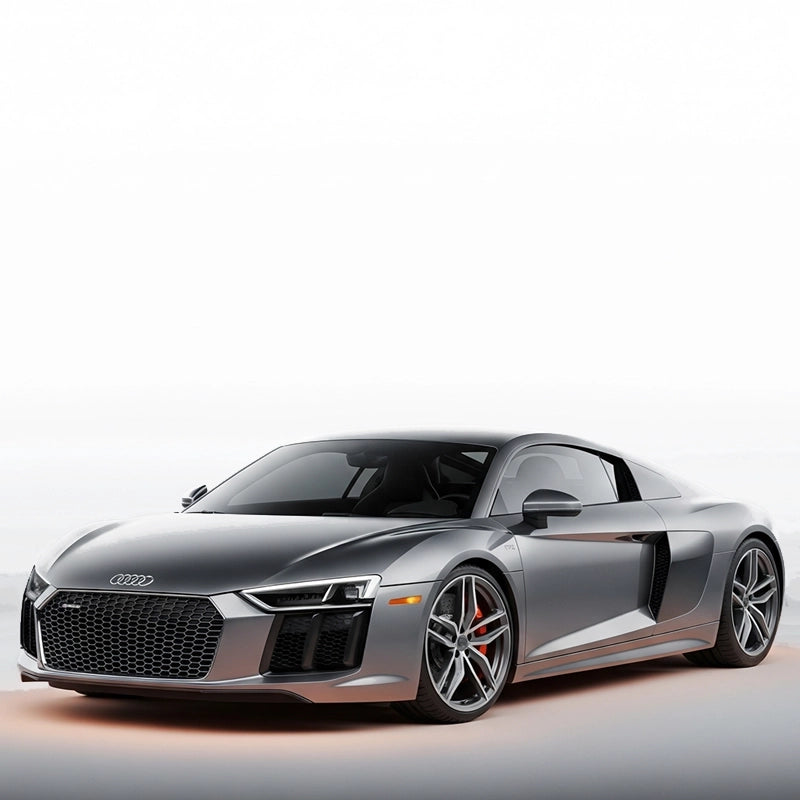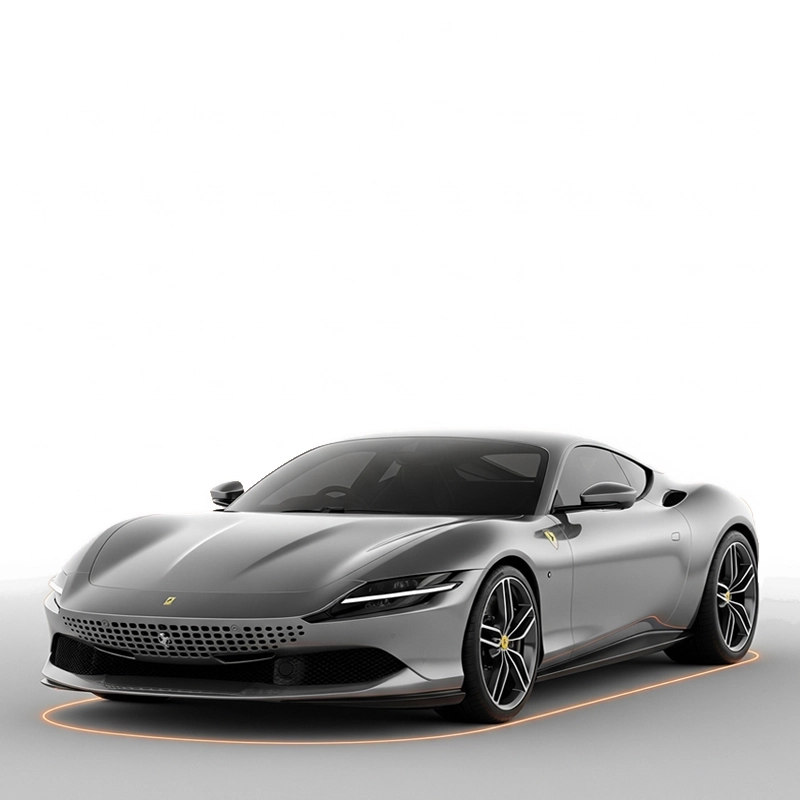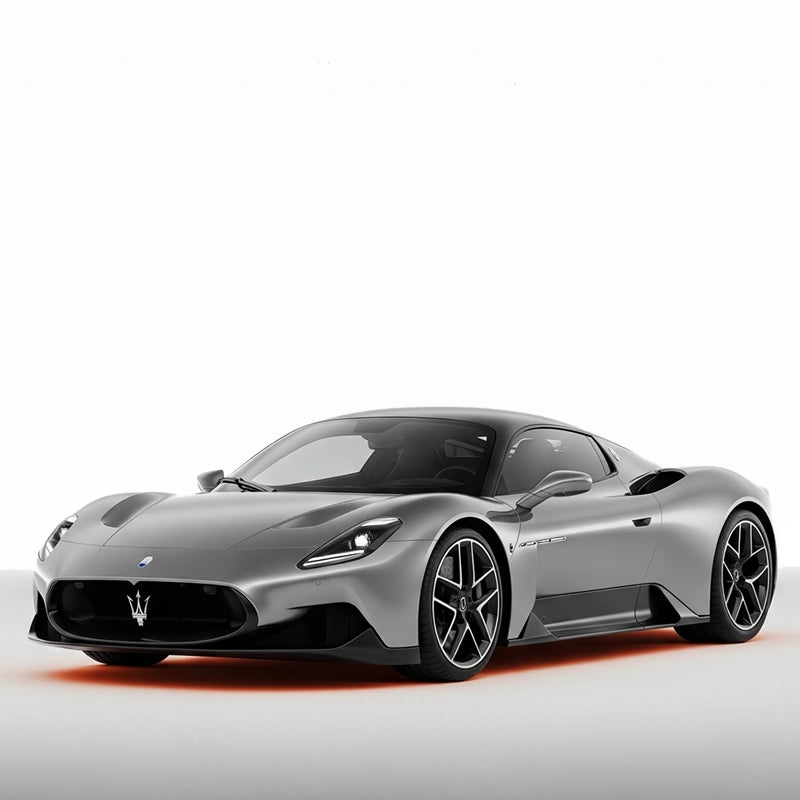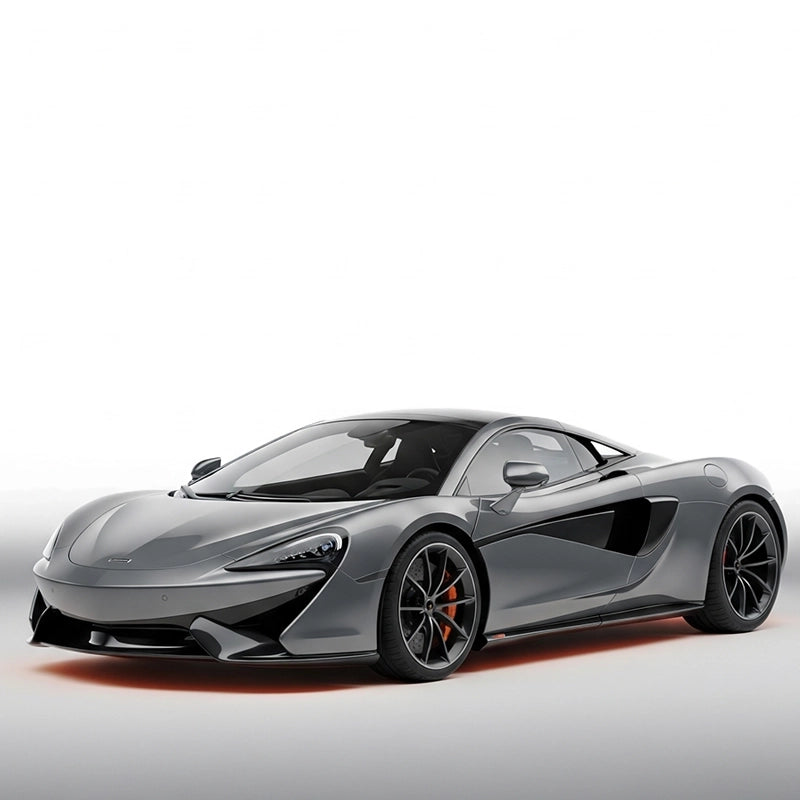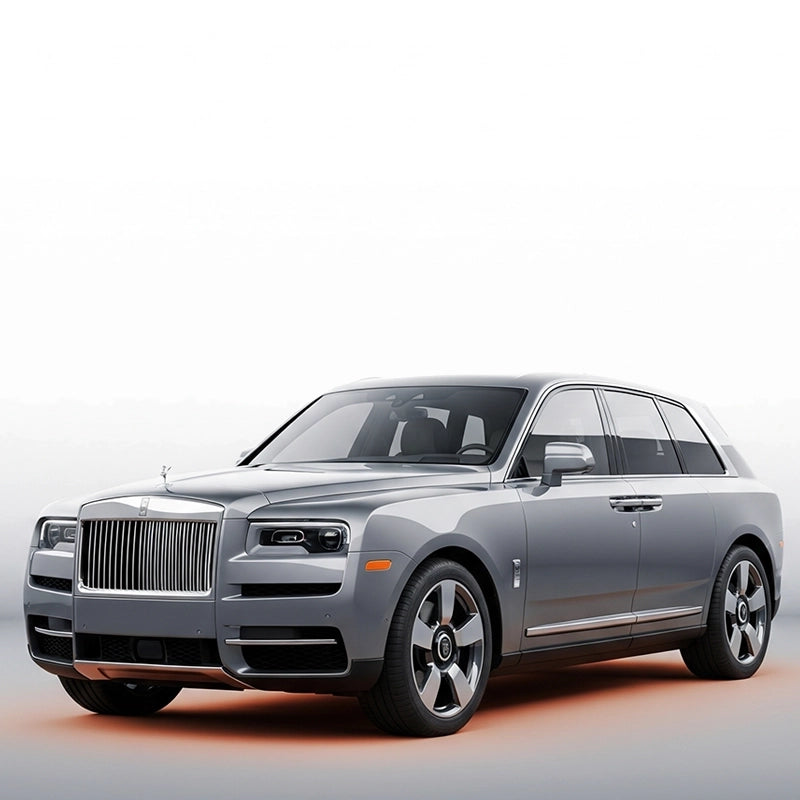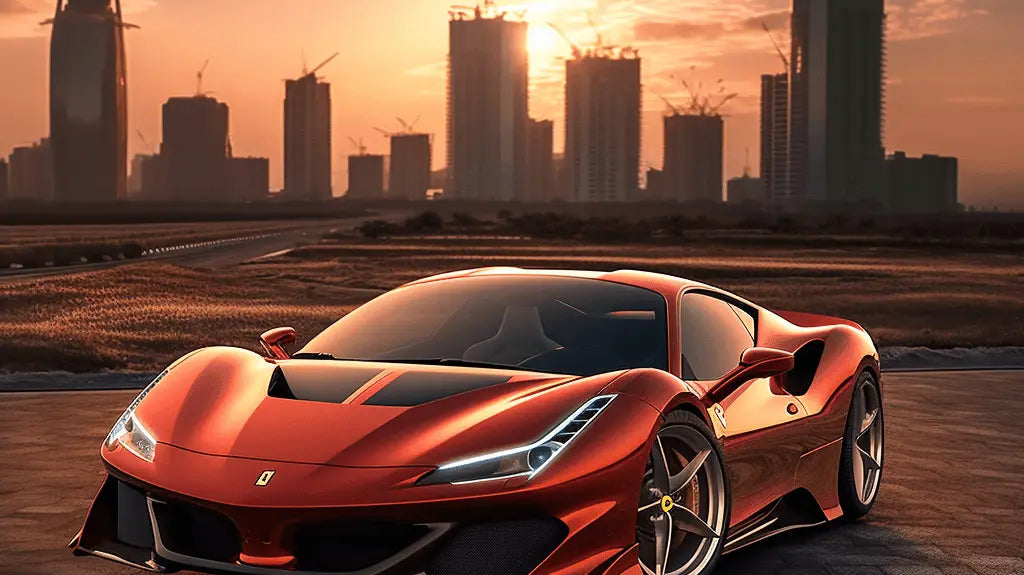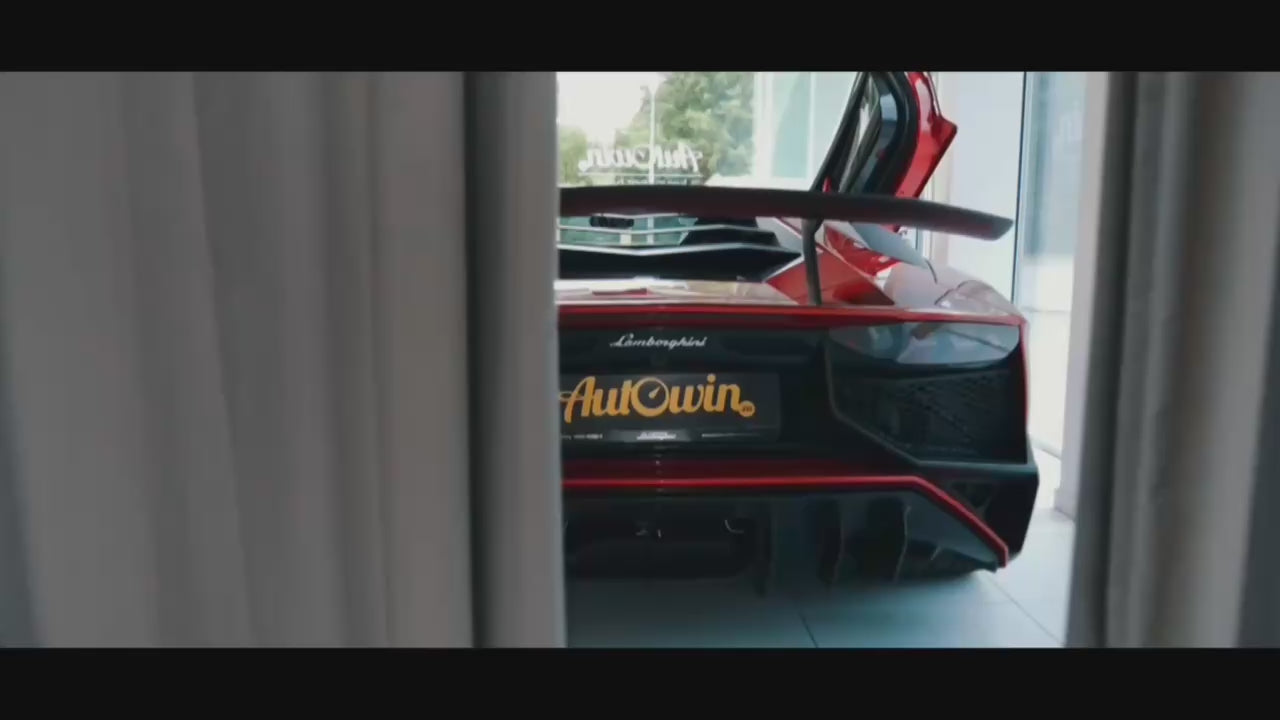Tesla Roadster vs Toyota Prius: Which One Really Sips Less Energy?
I remember the first time I drove an early Tesla Roadster. I’d climbed out of a Prius taxi at the airport, swapped bags, and jumped straight into the little electric sports car. Different planets. Same conversation: efficiency. The Tesla Roadster is the poster child for making every watt count, and yes—when you run the numbers, it can use roughly half the energy per mile of a Toyota Prius. That’s not a typo. Twice the efficiency, while being twice as quick. Welcome to the strange, delightful world of electrons.
Real-World Efficiency: Why the Tesla Roadster Pulls Ahead
On paper, the Tesla Roadster looks like a party trick: sports-car speed with planet-saver thrift. But when you translate it to energy per mile, it gets clearer.
- Typical Roadster consumption: around 0.20–0.23 kWh per mile (driving style matters—guilty).
- Gasoline energy content: ~33.7 kWh per gallon.
- Prius at 52 mpg (varies by generation): ~0.65 kWh per mile of fuel energy.
Do the math and you land on the Roadster using roughly one-third to one-half the energy per mile versus a Prius. Even with charging losses factored in, the EV lands well ahead. When I tried it on pockmarked city streets—heater on, podcasts humming—the needle barely budged. It’s like driving in slippers: quiet, calm, and surprisingly frugal.
Electric drivetrains typically convert 80–90% of energy into motion. Gas engines hover around 25–35% in the real world. That gap is the whole ballgame.
Range and Longevity: The Tesla Roadster’s Efficient Miles
What really sells the Tesla Roadster isn’t just the moment-to-moment thrift—it’s the long-haul serenity. Depending on version and updates, owners have cited ranges from the mid-200s to a claimed 400 miles on a single charge. Yes, “claimed”—your right foot writes the checks. But driven with a light touch, extended stints are doable. I’ve done chilly morning commutes where the cabin warmed fast, range held steady, and I didn’t once miss a fuel stop.
- Fewer fill-ups (or plug-ins) for road trips.
- Lower per-mile energy cost, especially if you charge off-peak.
- Brake wear? Light. Regeneration does the heavy lifting.
Caveats? Winter will nibble at range, big wheels add rolling resistance, and fast charging repeatedly on hot days isn’t ideal for any battery long-term. Common sense still applies, even in a spaceship.
Tesla Roadster vs Toyota Prius: Efficiency By the Numbers
| Metric | Tesla Roadster (electric sports car) | Toyota Prius (hybrid) |
|---|---|---|
| Powertrain | All-electric, single-speed | Gas-electric hybrid, e-CVT |
| Rated efficiency (approx.) | ~119 MPGe combined (varies by version) | ~50–57 mpg combined (generation-dependent) |
| Energy per mile (fuel/electrical) | ~0.20–0.23 kWh/mi | ~0.60–0.70 kWh/mi equivalent |
| Range (claimed/observed) | 200–400 miles per charge (conditions vary) | 500–600+ miles per tank (depending on tank size) |
| 0–60 mph | Quick. Very. Sports-car quick. | Efficient, not showy |
If you’re cross-shopping, remember MPGe and MPG both hide context. Where you charge (home solar vs. pricey public DC) and how you drive (eco cruise vs. “it’s green, officer”) can swing the real cost and footprint.
Living With the Tesla Roadster: The Fun, the Flaws
I noticed right away how hush-hush it is—quiet enough to overhear your kids arguing about snacks in the back. Actually, there is no back. The Roadster is tight on cabin storage, the trunk is a polite suggestion, and tall drivers may practice yoga getting in and out. The ride on rough roads is firmer than a Prius, obviously, but still liveable if you avoid the worst potholes. Infotainment in early cars is basic by modern standards. But as a weekend car or urban commuter, the energy-to-smiles ratio is unmatched.
Tesla Roadster Efficiency: Beyond the Spec Sheet
Electric efficiency isn’t just about range or MPGe. It’s the rhythm of ownership. You plug in at night like a phone. You skip weekly gas station detours. And on a mountain descent, the battery drinks energy back while the brakes take a breather. Once you live with that, it spoils you for anything else—including hybrids.
Sustainability With Style: Where the Roadster Shines
There’s a certain swagger to a car that’s both clean and quick. The Tesla Roadster nails it—sleek bodywork, instant torque, and the satisfaction of shrinking your energy footprint. Is it perfect? No. But it proves that a luxury EV can be responsible without driving like a penalty box.
Accessorize the Experience: Floor Mats and Daily Usability
You can squeeze extra joy out of daily EV life by getting the little things right—like not turning your footwell into a sandbox. I’ve used aftermarket mats in long-term testers and they keep the cabin looking fresh, especially through wet winters and muddy trail runs.
AutoWin Tesla Floor Mats: A Simple Upgrade
AutoWin offers tailored mats for Tesla models that are a no-brainer if you like a tidy cabin.
- Custom fit for a neat, OEM-like look.
- Raised edges to catch grit and coffee hiccups (we’ve all done it).
- Materials that wipe clean quickly—handy after rainy hikes.
Rinse winter salt off mats regularly—corrosion and musty smells are not part of the premium EV vibe.
Conclusion: The Tesla Roadster’s Energy-Saving Edge
In the tug-of-war between electrons and gasoline, the Tesla Roadster shows just how far a luxury EV can push efficiency without sacrificing fun. The Prius remains a terrific, sensible hybrid—easy to live with, light on fuel—but the Roadster proves you can go cleaner and quicker while using less energy overall. If efficiency is the brief and excitement the reward, the Roadster’s blend is hard to beat.
FAQ: Tesla Roadster Efficiency, Costs, and Practicality
Is the Tesla Roadster really more energy-efficient than a Toyota Prius?
Yes. Measured in energy per mile, an EV like the Roadster typically uses about half (or less) the energy of a Prius. Exact results depend on driving style, temperature, and where you charge.
How much does it cost to “fuel” a Tesla Roadster?
Home charging at average U.S. rates often lands around 4–6 cents per mile. Public fast charging can be higher. Compare that with a Prius at ~$3.50/gal and 52 mpg—about 6–7 cents per mile—so the Roadster can be cheaper to run, especially at home.
What about winter driving and range?
Cold weather reduces EV range. Precondition the cabin and battery while plugged in, use seat heaters, and keep speeds steady to minimize the hit. Expect a modest reduction, not a disaster.
Does fast charging hurt the battery?
Occasional DC fast charging is fine. Repeated, back-to-back fast sessions on hot days can add wear over time. Mix in slower charging at home for battery health.
Is the new Tesla Roadster available now?
Timelines evolve; check Tesla’s official channels for the latest. The efficiency principles here apply broadly to EVs, including current Teslas.

